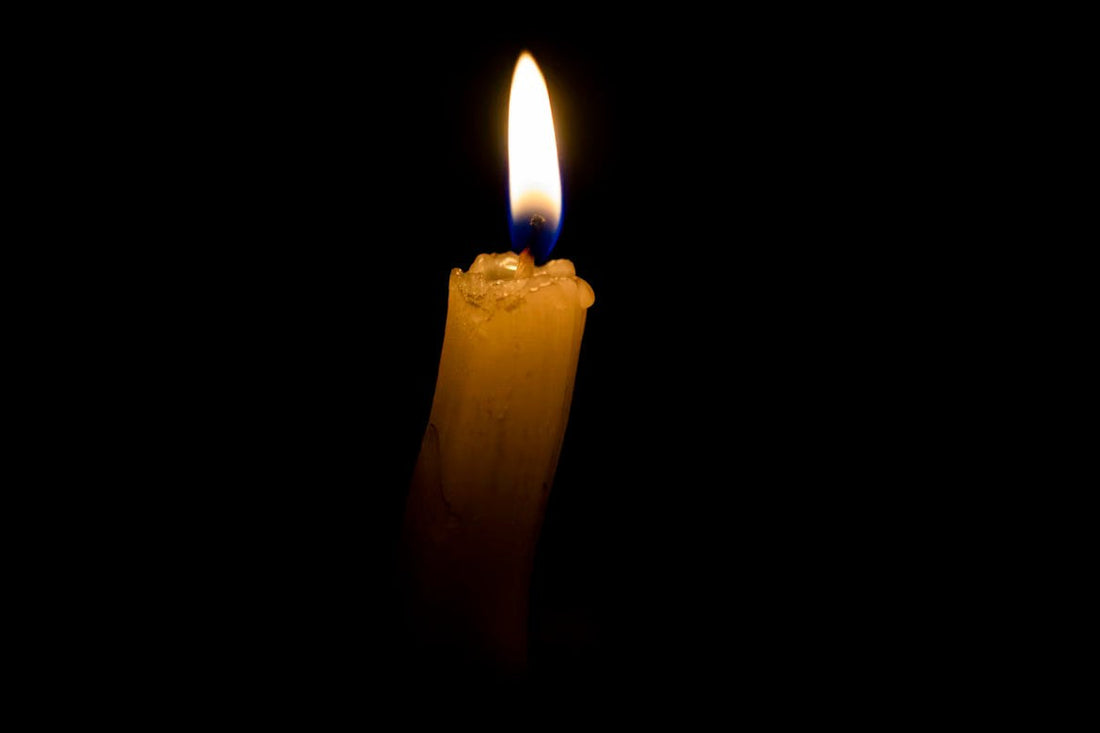
What Your Blackout Kit Should Contain
Share
Imagine this: you're sitting at home, and suddenly the lights go out. The TV shuts off. The fridge goes quiet. Your phone is almost out of battery. It’s completely dark.
That’s a blackout.
Power outages can happen during storms, accidents, or even heat waves. And when they do, it helps a lot to be ready. That’s why every home should have a blackout kit—a box or bag filled with things you’ll need when the power goes out.
Let’s walk through what should be in yours.
1. Light You Can Count On
When it’s dark, you need safe, strong light.
Candles can be risky, especially with kids or pets around. Instead, pack:
- Flashlights – Keep at least two. One for you, one for backup.
- Headlamps – These let you keep your hands free while you move around.
- Battery-powered lantern – Good for lighting up a whole room.
- Extra batteries – Pack more than you think you’ll need.
- Solar or hand-crank light – No batteries? No problem.
Being able to see clearly makes everything easier—and safer.
2. Power to Stay Connected
When your phone dies, you lose more than calls. You lose maps, messages, and emergency alerts.
Keep these in your kit:
- Power banks – These charge your phone when outlets don’t work.
- Solar chargers or hand-crank chargers – They’re slow, but better than nothing.
- Battery-powered or hand-crank radio – If the internet goes out, this is how you get updates.
Staying connected helps you stay calm—and know what to do next.
3. Food and Water That Lasts
If the power is out too long, your fridge and freezer won’t keep food cold. You need backup supplies.
Pack:
- Canned or shelf-stable food – Pick stuff that doesn’t need cooking.
- Manual can opener – A must if you’re packing cans.
- Bottled water – At least one gallon per person, per day. Try to have enough for 3 days.
- Water purification tablets or filters – Just in case you need to get water from another source.
Hungry and thirsty people don’t think clearly. A little planning keeps you sharp.
4. First Aid and Hygiene
What if someone gets a cut? Or runs out of medicine? You’ll want a kit that helps you handle small problems without needing a doctor.
Include:
- First aid kit – Bandages, wipes, gloves, and ointments.
- Any needed medicines – Especially prescriptions. Pack a few days’ worth.
- Wet wipes, hand sanitizer, toilet paper – No power means maybe no running water.
Being clean and safe makes a big difference, even in short emergencies.
5. Stay Warm and Dry
In winter, no power means no heat. In summer, it may mean no AC. You’ll need gear that helps you stay comfortable.
Add:
- Blankets or sleeping bags – For each person in the house.
- Mylar emergency blankets – They look like foil, but they keep you really warm.
- Warm clothes – Layers, hats, gloves, socks.
- A tarp or small tent – In case you need shelter fast.
Even at home, staying warm is a survival skill.
6. Tools That Help You Fix or Signal
Sometimes a small tool can make a big difference.
Put these in your kit:
- Multi-tool or pocket knife – Opens packages, tightens screws, cuts string.
- Duct tape – Can fix almost anything temporarily.
- Matches or lighter – Store them in a waterproof container.
- Whistle – If you ever need to signal for help.
- Fire extinguisher – A small one can stop a big problem.
These are the "just in case" items you’ll be thankful you packed.
7. Important Info and Some Cash
If your phone dies and ATMs are down, you still need a way to get help or pay for things.
Add:
- Copies of ID and insurance cards – Put them in a waterproof bag.
- Emergency phone numbers – Write them down in case your phone’s dead.
- Cash – Keep small bills like €1s, €5s, and €10s. Not everyone takes cards in a blackout.
Even simple things get tricky when tech stops working. Be ready.
8. Special Items for Special People
Everyone’s home is different. Think about what your family needs.
- Baby supplies – Diapers, wipes, formula.
- Pet food and supplies – Don’t forget your furry family.
- Glasses, hearing aids, mobility tools – Have backups if you can.
If someone in your home needs something every day, put it in the kit.
Ready, Set, Store It
Once you’ve gathered your blackout kit, put it somewhere easy to reach. A closet by the front door works well. Make sure everyone in the house knows where it is.
Check your kit every 6 months. Switch out expired food, dead batteries, and anything that’s missing.
Final Thought
Blackouts can feel scary. But they don’t have to be.
With the right kit, you’ll have light, warmth, safety, and peace of mind.
You don’t need to prepare for everything.
Just prepare for something.
And when the lights go out… you’ll be ready.
Want to save time? Check out our 72-hour Emergency Configurator


